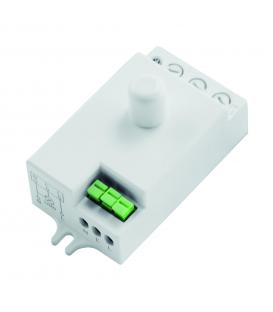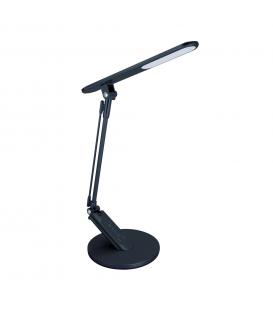Outdoor use of the luminaire?

Yes.
Luminaire is designed and rated for outdoor use. Outdoor luminaires are specifically designed to withstand the challenges posed by outdoor environments, including exposure to weather elements such as rain, snow, wind, and UV radiation. They are also constructed to provide proper sealing against moisture and dust, ensuring the safety and longevity of the lighting system.
Here are some key features and considerations for outdoor luminaires:
- Weather Resistance: Outdoor luminaires are built to withstand various weather conditions. They are often constructed using materials that are resistant to corrosion and degradation due to exposure to sunlight, rain, and extreme temperatures.
- IP Rating: The Ingress Protection (IP) rating is a standard that indicates the level of protection a luminaire offers against solid objects and liquids. For outdoor use, luminaires typically have a higher IP rating to ensure they are adequately protected against rain, dust, and other outdoor elements.
- Sealing: Proper sealing is essential to prevent water and debris from entering the luminaire's internal components. Outdoor luminaires have gaskets, seals, and other protective features to maintain a watertight and dustproof enclosure.
- UV Resistance: Outdoor luminaires are often exposed to direct sunlight, which can cause materials to degrade over time. UV-resistant materials and coatings are used to mitigate the effects of UV radiation on the luminaire's appearance and performance.
- Mounting and Installation: Outdoor luminaires are designed with secure mounting options suitable for outdoor environments. This might include wall mounts, pole mounts, or ground stakes.
- Electrical Safety: Luminaires designed for outdoor use incorporate electrical components that are designed to withstand moisture and other environmental factors, reducing the risk of electrical hazards.
- Optical Design: Outdoor luminaires are designed to provide appropriate and efficient illumination for outdoor spaces. They might have features like adjustable angles, beam shaping, and optics that are optimized for outdoor applications.
- Energy Efficiency: Many outdoor luminaires are designed with energy-efficient technologies, such as LED lighting, to reduce energy consumption and minimize the need for maintenance.
- Aesthetics: Outdoor luminaires come in a variety of designs to suit different architectural and landscape styles, ensuring that they not only provide functional lighting but also contribute to the overall aesthetics of the outdoor space.
It's important to note that not all luminaires are suitable for outdoor use. When choosing a luminaire for outdoor applications, it's crucial to check the manufacturer's specifications and recommendations to ensure that the product is designed and tested for the intended outdoor environment. Using indoor luminaires outdoors can lead to safety risks, decreased performance, and reduced product lifespan.






